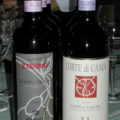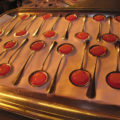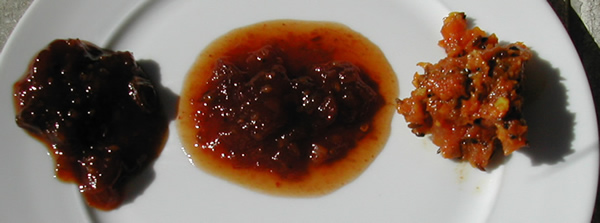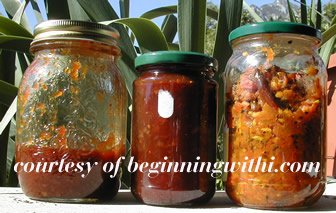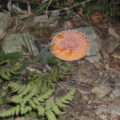American Companies Demonstrate Lack of Global Vision
One thing that makes me insane about trying to do business with many American companies is their sheer ignorance about the rest of the world. You might be surprised at the big names that fall into this trap. Examples:
A bank sent a letter that I needed to call them, and helpfully provided a number for me to do so. 866 area code? Where’s that? Oh, it’s a new toll-free number. Well… let’s try anyway. “The toll-free number you have dialled is not toll-free if dialled from outside the United States.”
Now, mind you, the letter they sent me had my address printed at the top, you know, the address that includes ITALY. And there was no other number printed anywhere in the letter or letterhead that I could call. Fortunately, I have some normal numbers scribbled down from a similar occasion a few years ago.
Later – When I finally found the right person, I mentioned the toll-free number problem. He apologized and said that the error had been spotted after the letters were printed, and some were reprinted with a more useful number, but mine slipped through the cracks. At least they knew a mistake had been made. Most American businesses, even those who do plentiful business overseas, have no clue that their toll-free numbers are NOT international.
NB: I used SkypeOut to make the phone calls, which saved me a bunch of money. They had a few glitches at the beginning, but it seems to be working fine now. Now I just have to get back in the habit of calling people.
Last summer I was in the US, and decided to pop down from Boston to DC to visit friends. I looked on one of the travel sites, Expedia or Travelocity, I forget which, and found a flight at the right time and price. Got through the booking process all the way to billing – which meant I had already typed in a lot of information – before I slammed up against a screen that wanted me to enter a US address for my credit card. My credit card is billed in Italy. The site had no provision for that. Nor did its rival, my next try.
I then went to United Airlines’ site, to see if they would give me the same price on the same flight. Yes, they would. Cool. Got through screens and screens of required information, and – boom! – this site doesn’t accept a non-US credit card. NB: This card is issued by an American bank and paid from an American bank account, they only send the statements to Italy. But there’s simply no way to enter a non-US address on the forms on many websites.
So I called United to see if I could purchase by phone. Half an hour later, the second agent I had been passed to finally concluded, in some frustration himself, that there was NO WAY I could use my credit card. Hello? United? Are you an international airline? Do you EVER have customers from outside the United States? Find a travel agent, you say? How can I – they’ve all been driven out of business by Expedia, Travelocity, and the airline websites! I finally had to use my friend’s credit card and pay her back with a personal check – imagine how humiliating this would have been in a business situation.
Ross wanted an iPod for her birthday this year. Okay, these are bound to be more expensive in Europe (I’ve never even seen one here) so, since she was in the States herself at the time, I figured I’d order it directly from Apple, where I could have it engraved with her name and a message: “15 GB for 15 years” – ain’t I the coolest mom ever?
Guess what? Apple wouldn’t take my credit card.
Well, when all else fails, there’s Amazon, who never turn up their noses at my money (although some of their “partner sites”, such as Drugstore.com, do). They even went the extra mile on customer service. This particular model of iPod was discontinued two days after I ordered it, resulting in an immediate $50 price drop at Amazon. They credited the discount back to my credit card, AND say they’ll give me a $50 gift certificate. Thank god somebody knows how to treat customers.
Now, of course, the iPod is having problems, I can’t get it recognized by my Windows machine all of a sudden. And Apple tech support appears to be non-existent. But that’s a gripe for another time.







